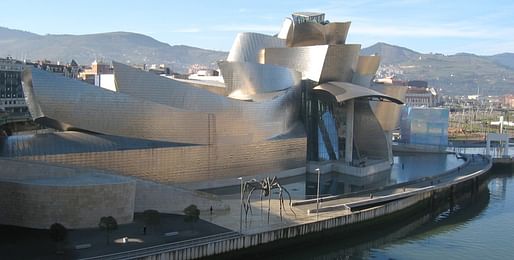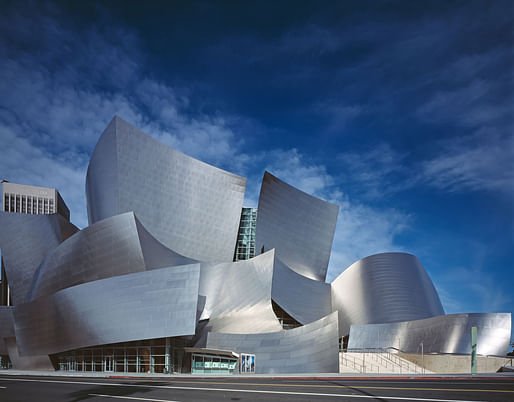

In the 1990s, Frank Gehry pioneered... “smart” digital design in architecture, by using software to optimize designs and translate them directly into a process of fabrication and construction.
Now known in the industry as parametric design and building information modeling, this approach has ushered in a new era of architecture, according to art historian Irene Nero: the era of “technological construction” [...]
How did an architect who doesn’t use computers start a technology company?
— Priceonomics
In an article for Priceonomics, Lian Chang looks at the role Frank Gehry and his team had on the development of parametric design, aka building information modeling. Beginning with Gehry's fish-inspired pavilion for Barcelona’s 1992 Olympics, Chang traces the various construction impasses and subsequent revelations that have helped establish Gehry Technologies as a significant player in the realization of many major architecture projects today (and not just the one's bearing his famous signature).

After a contractor failed numerous times to translate Gehry's vision for the Barcelona pavilion, the resident "office hippy," Jim Glymph, turned to CATIA, a C++ software package originally developed for the aerospace industry. Using parametric Bézier curves (or vectors) and 3D surface algorithms, Gehry's team was able to realize the project, and on budget.
Chang continues her history looking at the initial controversies surrounding Gehry's plans for the Walt Disney Concert Hall and the importance of the Guggenheim Bilbao project for developing both the architect's confidence and his team's know-how. Throughout the article, Chang notes how the technologies developed by Gehry's team not only transformed the possibilities of the design process, but also enabled unprecedented efficiency in the construction phase. She writes, "Gehry suspected that digitally designed geometries could be executed much more efficiently with less redundancy. Instead of creating standard 2D construction drawings, Gehry now had his contractors refer directly to the 3D digital model, translating digitized coordinates directly into manual cutting instructions and machine tooling paths."

As Gehry and his team developed architecture-specific technologies, they simultaneously helped streamline the variegated field of construction and helped to radically change the norms of how a work of architecture is realized. "Gehry Technologies also launched a comprehensive project delivery service," Chang writes. "For a fee, Gehry Technologies manages the process of transforming other architects’ designs into buildings." For example, their projects have included Diller Scofidio + Renfro’s Alice Tully Hall at the Lincoln Center in New York, Herzog + de Meuron’s stadium for the Beijing Olympics, and the entrance hall for Skidmore, Owings + Merrill’s Burj Khalifa tower in Dubai.
Chang's piece is a fascinating history of the less-lauded, but equally-important, role that Frank Gehry has had on contemporary architecture. She also runs a blog on Archinect, which you can check out here. She's posted a note about the article, writing, "Since I've most often written for architecture-savvy folks like yourself, it was a challenge to explain the significance of parametrics and BIM to a more general audience." Check out the article and let Chang know your thoughts!
No Comments
Block this user
Are you sure you want to block this user and hide all related comments throughout the site?
Archinect
This is your first comment on Archinect. Your comment will be visible once approved.